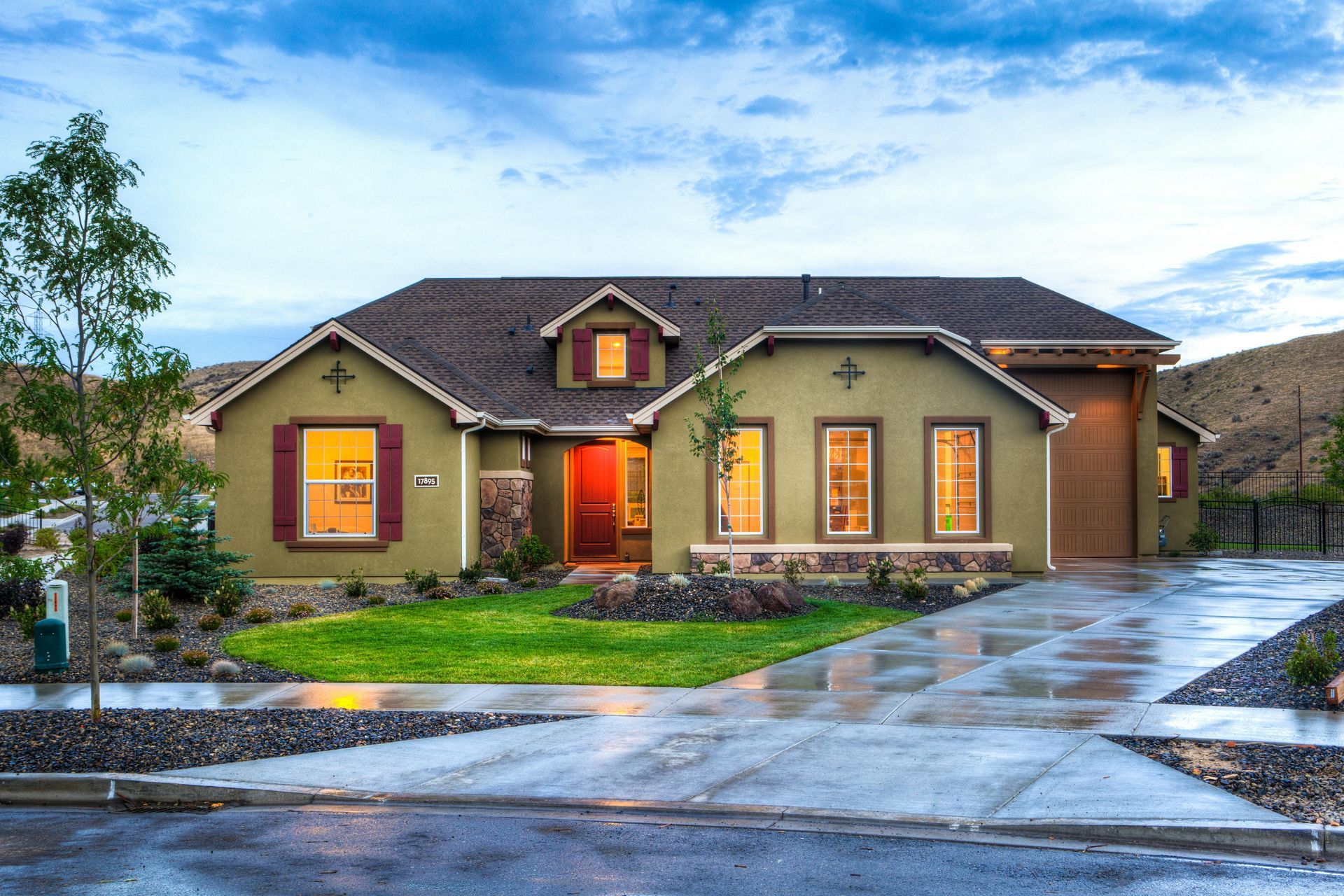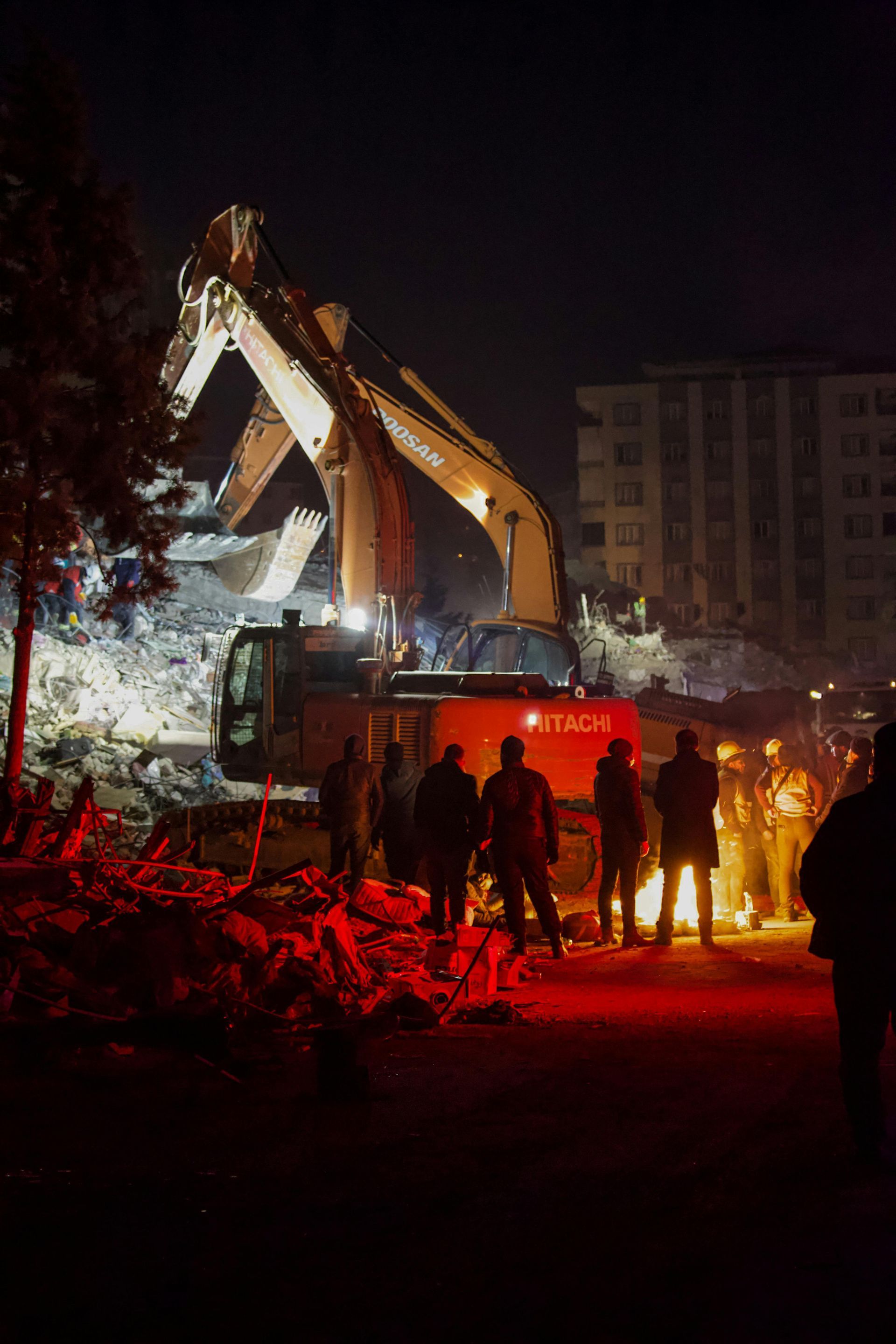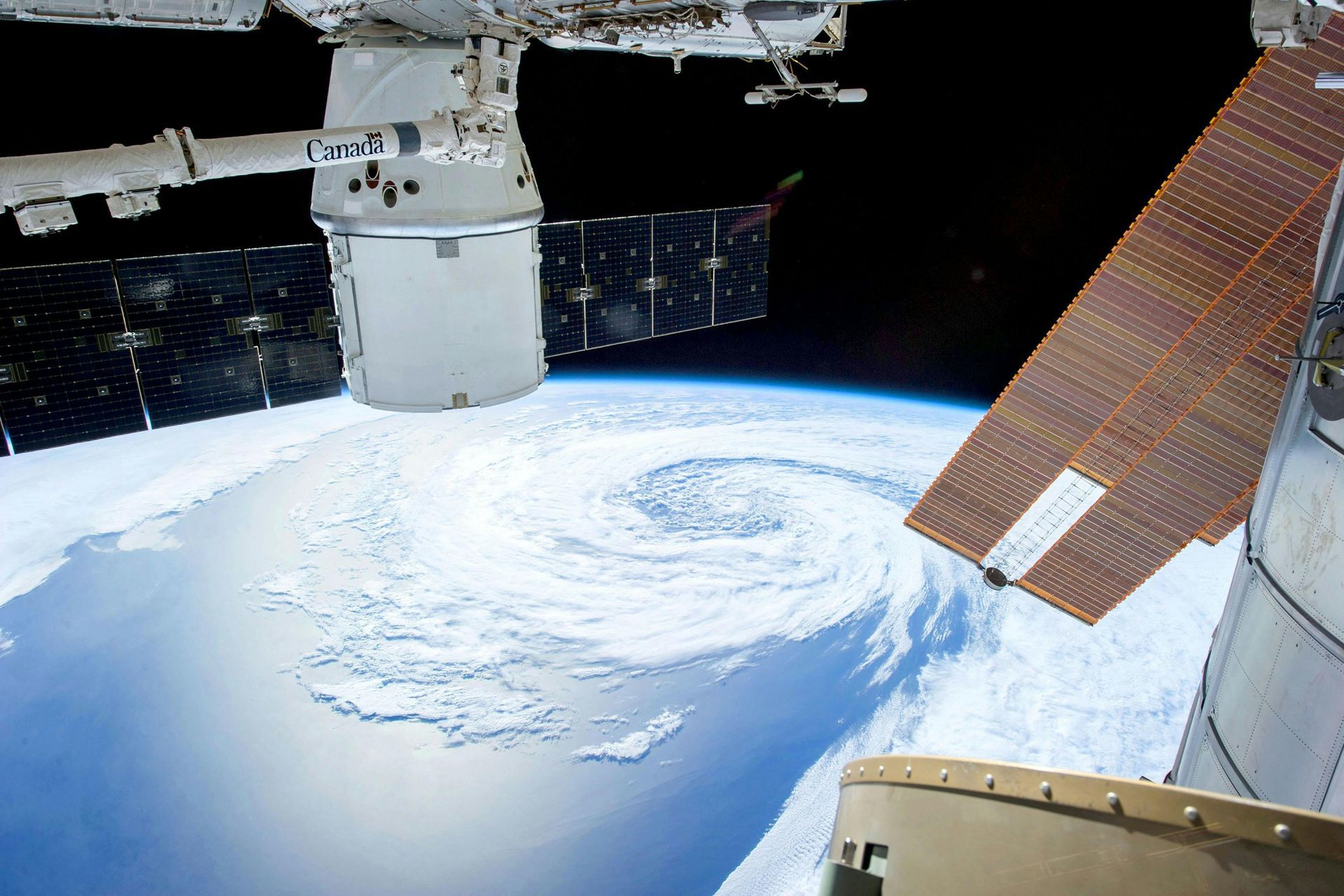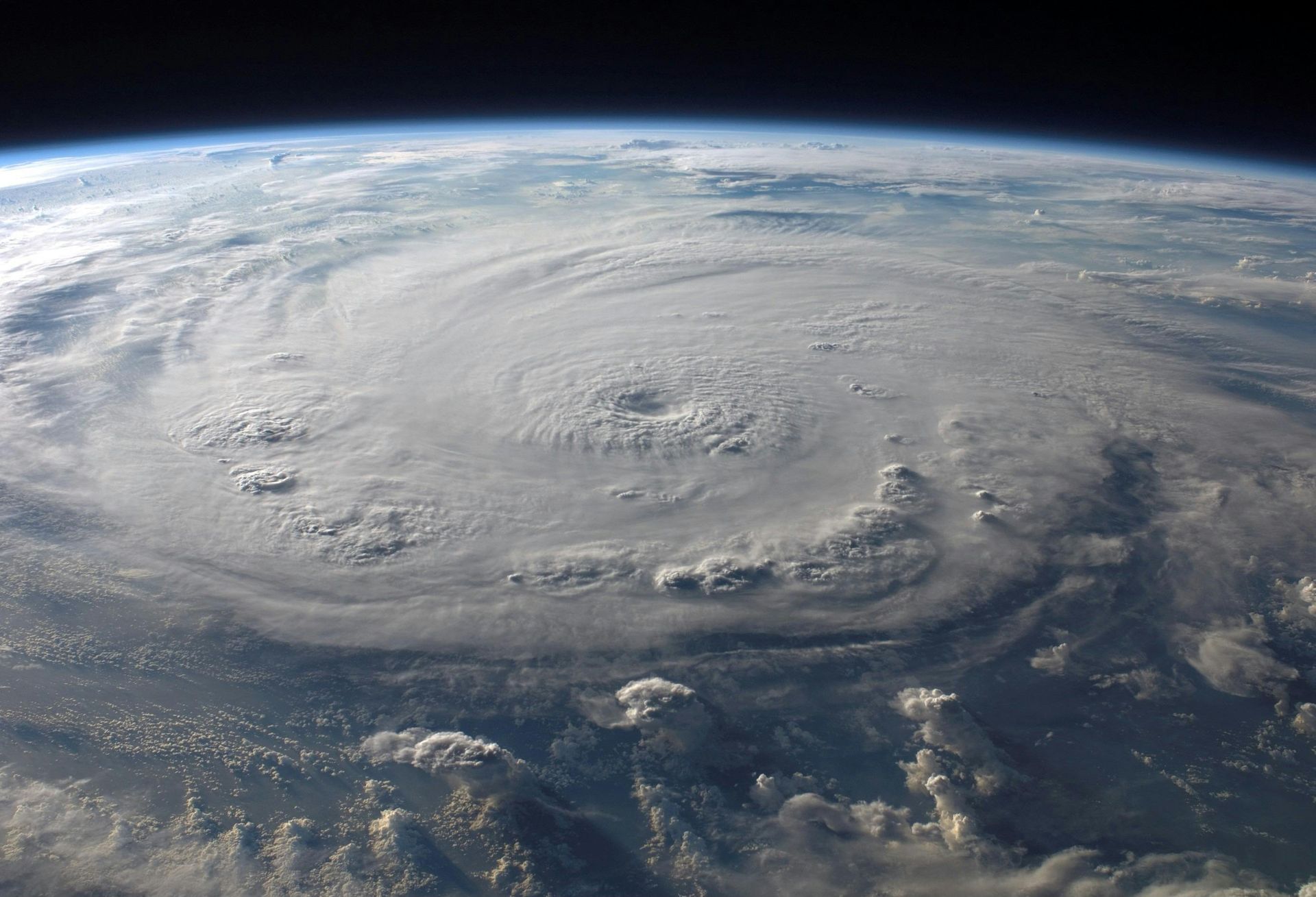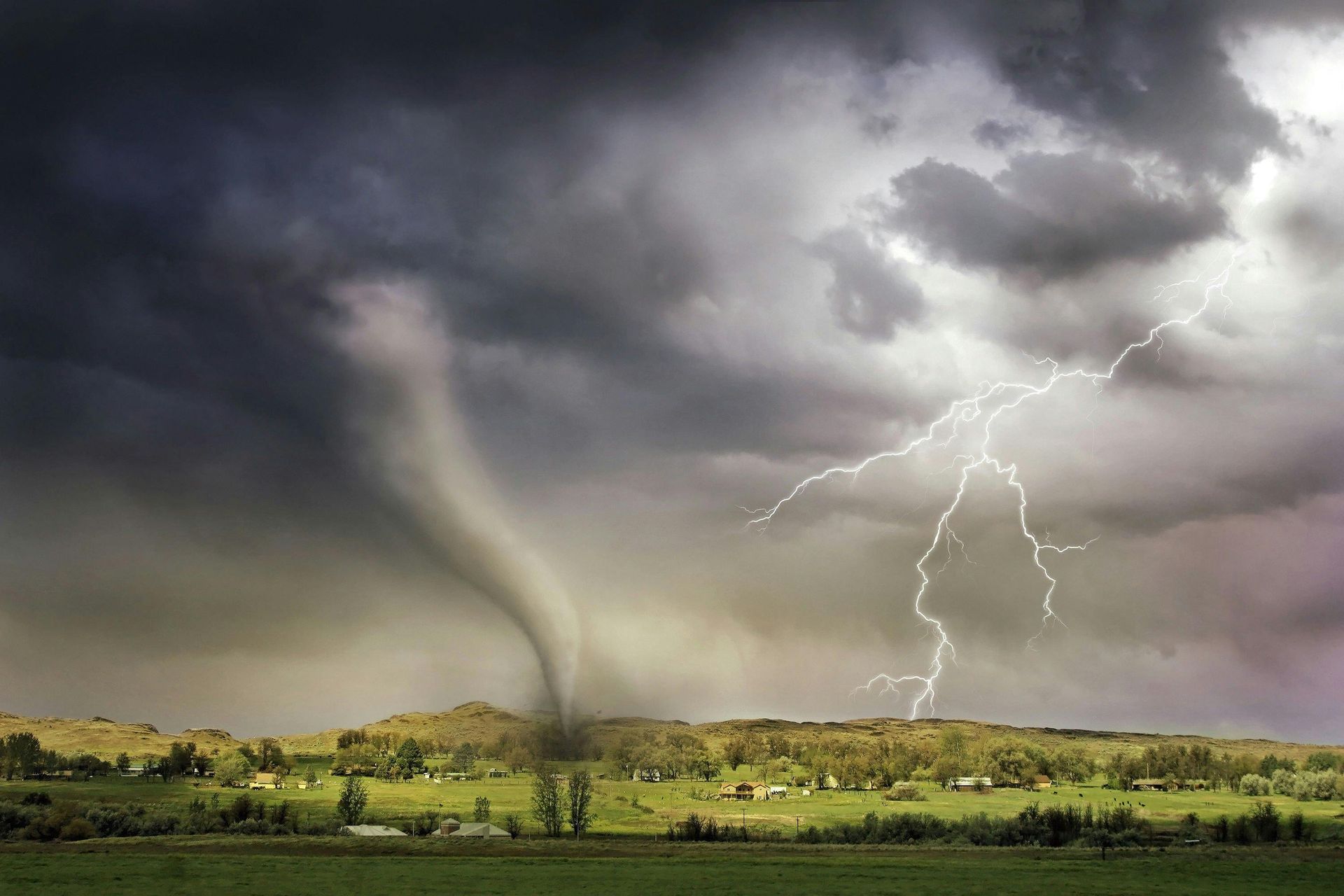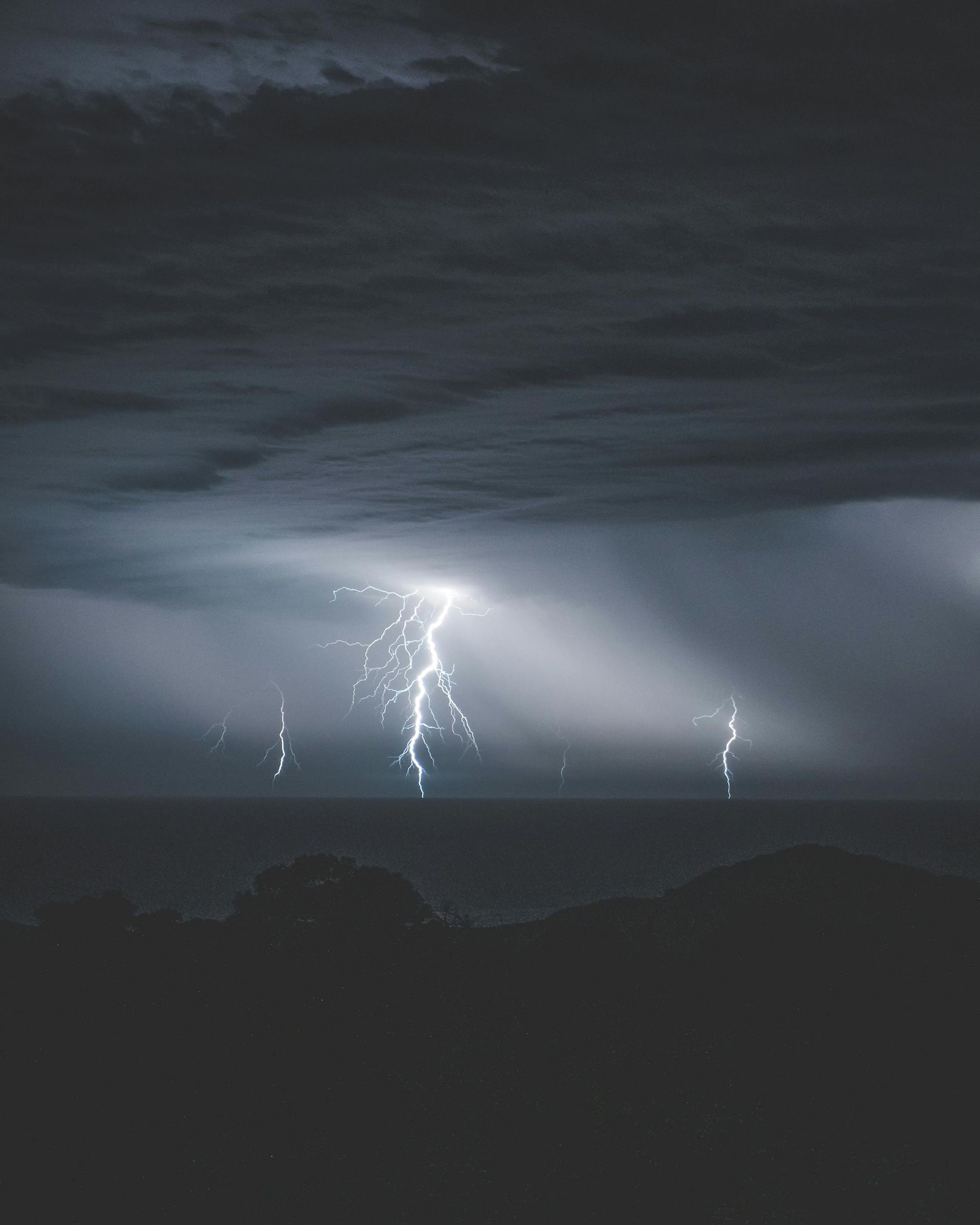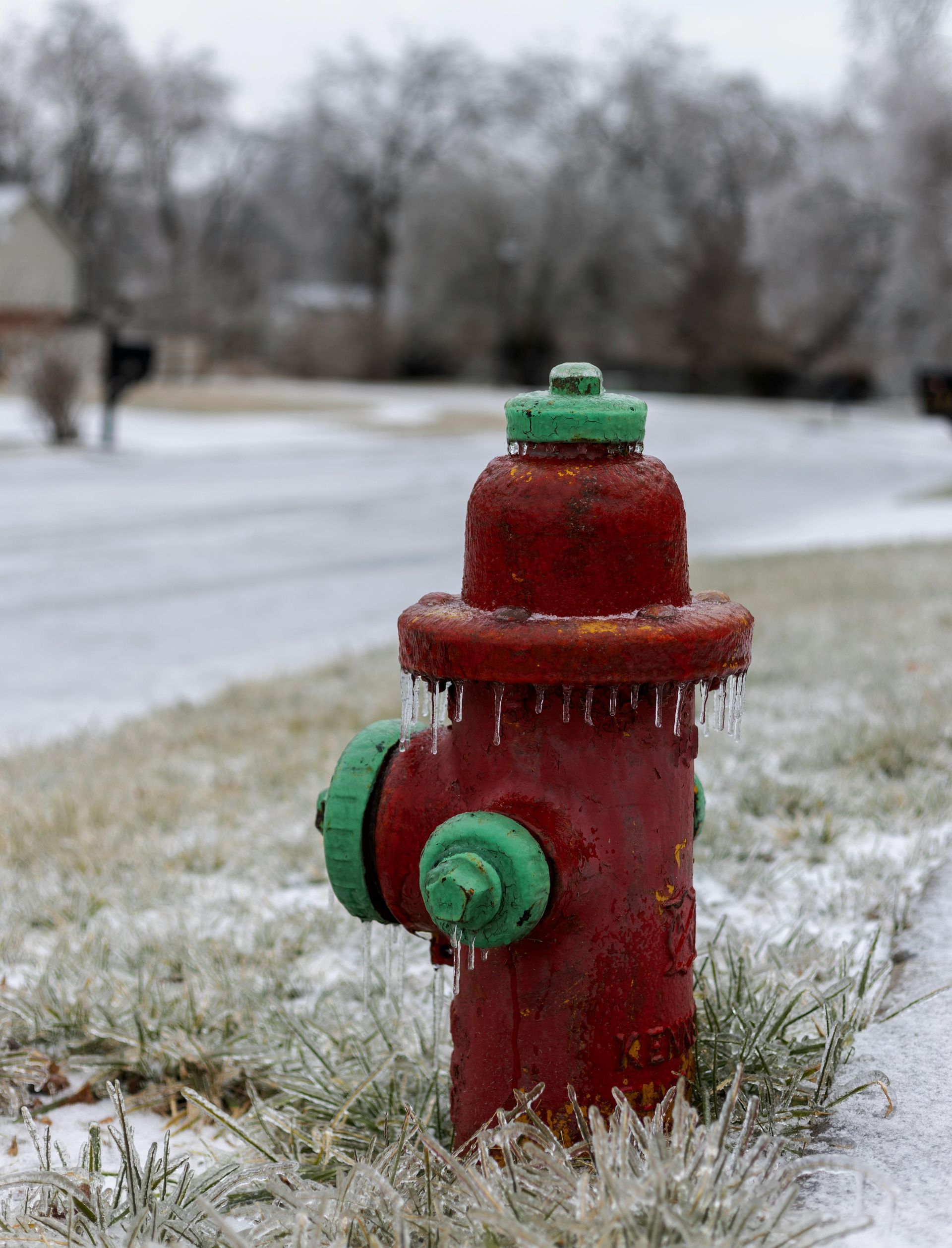Summer Storm Safety
The body content of your post goes here. To edit this text, click on it and delete this default text and start typing your own or paste As the summer season arrives, so does the potential for hurricanes and flooding—natural disasters that can wreak havoc on homes, businesses, and lives. At Disaster South, we believe that preparation is the cornerstone of resilience. By equipping yourself with the right tools, knowledge, and strategies, you can mitigate risks, protect your loved ones, and ensure a faster recovery if disaster strikes. This guide is designed to help you stay safe and prepared for summer storms, with practical tips and insights tailored for the hurricane and flood season.
Understanding the Risks of Summer Storms
Hurricanes and flooding can strike suddenly, bringing with them destructive winds, torrential rain, and rising water levels. While forecasts and warnings provide critical time to prepare, understanding the nature of these storms is your first defense.
- Hurricanes: These intense storms can produce sustained winds over 74 mph, storm surges, heavy rainfall, and tornadoes. Coastal areas are particularly vulnerable, but hurricanes can also cause significant inland damage.
- Flooding: Flash floods, river floods, and urban flooding often accompany hurricanes or result from prolonged heavy rains. Even a few inches of water can cause costly damage and create life-threatening situations.
Knowing the risks specific to your area, including flood zones and storm surge vulnerabilities, is essential in tailoring your preparedness plan.
Preparation Before the Storm
Preparation is your best protection against hurricanes and flooding. Here are steps you can take well in advance of storm season:
1. Create an Emergency Plan
- Family Communication Plan: Establish how you’ll communicate if separated. Identify meeting points and share emergency contacts with all family members.
- Evacuation Plan: Know your local evacuation routes and shelters. Practice your evacuation plan to ensure everyone knows what to do.
- Pet Safety: Include pets in your emergency plan. Identify pet-friendly shelters or prepare to take them with you.
2. Build an Emergency Kit
An emergency kit should be easily accessible and include:
- Non-perishable food and bottled water (at least three days’ supply per person).
- Battery-powered or hand-crank radio.
- Flashlights and extra batteries.
- First-aid supplies and essential medications.
- Important documents (e.g., insurance policies) in waterproof containers.
- Personal hygiene items and sanitation supplies.
3. Secure Your Property
- Reinforce Windows and Doors: Use storm shutters or plywood to protect against flying debris.
- Trim Trees and Secure Loose Items: Minimize hazards by trimming branches and securing outdoor furniture, grills, and tools.
- Inspect Roof and Gutters: Repair any damage to reduce water intrusion and ensure gutters are clear for proper drainage.
Monitoring and Responding to Storm Alerts
Stay informed by monitoring weather updates from trusted sources, such as the National Hurricane Center. Understanding alert levels is critical:
- Hurricane Watch: Conditions are possible; prepare to act.
- Hurricane Warning: Conditions are expected; take immediate protective actions.
During flood warnings, avoid low-lying areas, and never attempt to walk or drive through floodwaters. Just six inches of moving water can knock over an adult, while two feet can carry away vehicles.
What to Do During the Storm
When the storm hits, safety is your top priority. Follow these guidelines to stay safe:
- Shelter in Place: Stay indoors, away from windows and doors. Use an interior room or basement as your safe space.
- Avoid Floodwaters: Floodwaters may contain contaminants, debris, or downed power lines. Avoid contact to prevent injury or illness.
- Use Generators Safely: If using a generator, place it outdoors and far from windows to prevent carbon monoxide poisoning.
If you are ordered to evacuate, leave immediately. Delaying can put your life and the lives of rescuers at risk.
Recovery and Cleanup
The aftermath of a storm can be overwhelming, but a systematic approach can help you recover efficiently and safely:
1. Prioritize Safety
- Wait for official updates before returning home.
- Watch for hazards such as downed power lines, unstable structures, and hidden debris in floodwaters.
2. Document Damage
- Take photos and videos of all damage for insurance purposes. This will help ensure your claims are processed smoothly and accurately.
3. Begin Cleanup
- Dry Out the Area: Remove standing water and use fans or dehumidifiers to prevent mold growth.
- Dispose of Contaminated Items: Items exposed to floodwaters, especially porous materials like carpets, may need to be discarded.
- Seek Professional Help: For extensive damage or hazardous conditions, contact professionals like Disaster South to handle cleanup and restoration.
Building Long-Term Resilience
Preparedness doesn’t end when the storm passes. By adopting long-term strategies, you can reduce risks and strengthen your resilience against future disasters:
- Flood Insurance: Standard homeowners’ insurance often doesn’t cover flooding. Invest in a flood insurance policy to protect your property.
- Elevate and Retrofit: Elevate utilities, such as electrical systems and HVAC, above flood levels. Retrofitting your home with hurricane-resistant materials can reduce storm damage.
- Community Involvement: Join or form local preparedness groups to share resources, knowledge, and support.
A Storm Scenario: Preparation in Action
Imagine you live in a coastal town prone to hurricanes. Early in the season, you assemble an emergency kit, reinforce your home, and identify the nearest evacuation routes. As a Category 3 hurricane approaches, you receive a hurricane watch alert. You finalize preparations by boarding up windows and ensuring your emergency kit is ready.
When the hurricane warning is issued, you evacuate with your family to a pre-identified shelter. After the storm passes, you return to find minor damage thanks to your proactive measures. By contacting professionals like Disaster South, you efficiently restore your home, minimizing disruption to your life.
This scenario highlights how preparation, quick action, and professional support can make a significant difference in the face of a disaster.
The Disaster South Promise
At Disaster South, we’re committed to helping you navigate the challenges of summer storms with confidence and support. From proactive preparation to comprehensive restoration, we stand by you every step of the way. Our team is here to provide expert advice, trusted services, and the care you need to restore your home, business, and peace of mind.
Let us help you prepare for the unexpected and build resilience for the future. Contact Disaster South today to learn more about our storm preparedness and recovery services. Together, we can weather any storm.
Preparation is power. Don’t wait for the next storm to strike—take action today! Reach out to Disaster South for tailored advice, trusted restoration services, and peace of mind in the face of uncertainty. Call 877-84-STORM or visit our website to get started. own from a different source.
